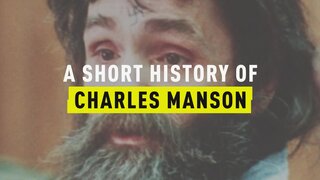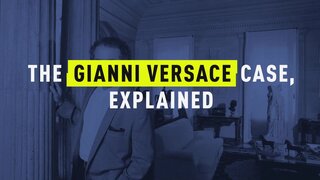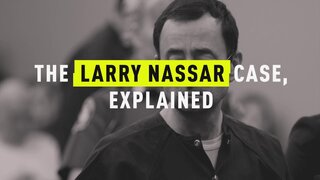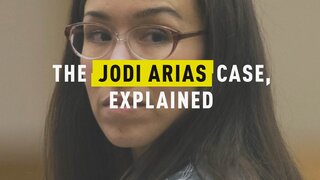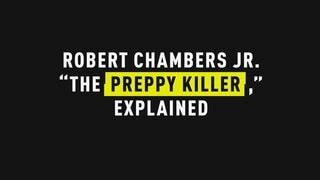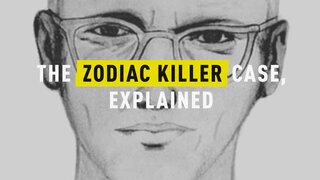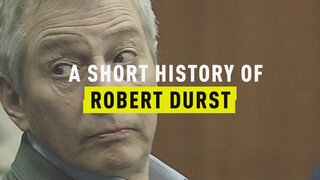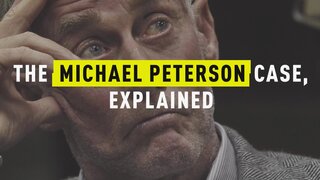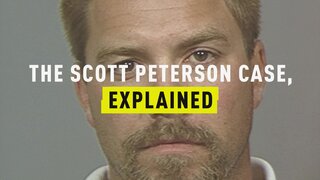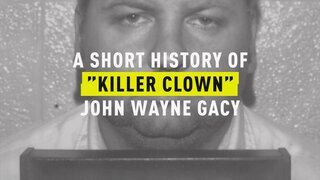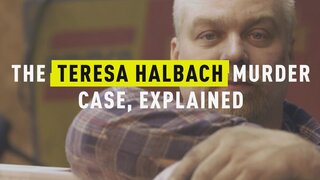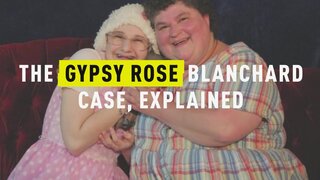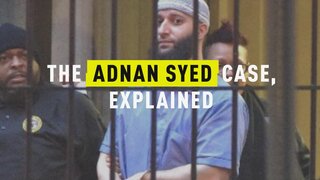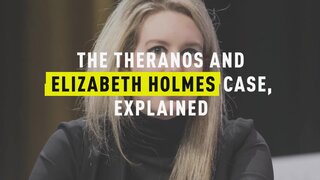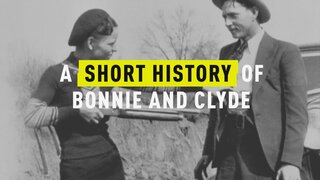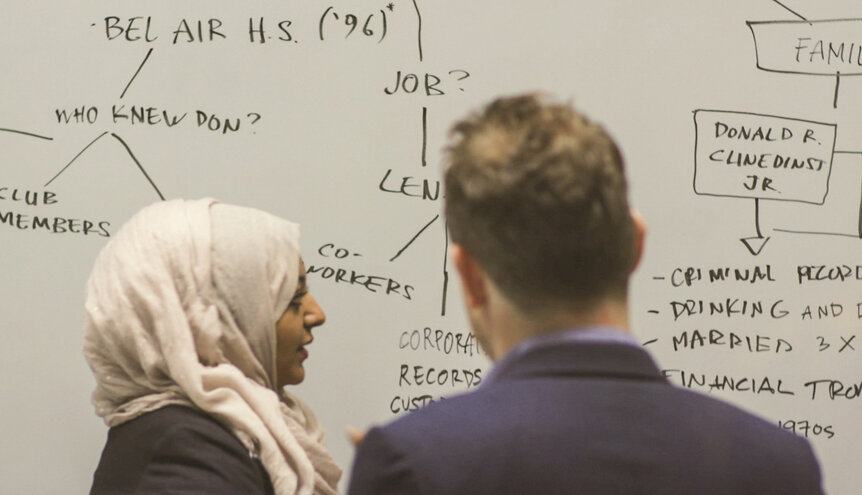Who Is Don Clinedinst, And What Was His Alibi For The Night Hae Min Lee Was Murdered?
Police zeroed in on ex-boyfriend Adnan Syed after Hae Min Lee's murder, but when she was killed, she was actually dating Don Clinedinst.
Update: On Sept. 19, 2022, a Baltimore judge ordered the release of Adnan Syed after overturning his conviction for the 1999 murder of his ex-girlfriend Hae Min Lee. The move happened after Baltimore State’s Attorney Marilyn Mosby filed a motion to vacate Syed’s conviction, citing evidence that casts doubt on the original case. Read more about that evidence here.
It was a story that captivated the world — but not until more than a decade after it happened. The body of all-star Baltimore high school senior Hae Min Lee was found half-buried in a park in Maryland on February 9, 1999. Recent ex-boyfriend Adnan Syed was convicted of first degree murder two years later, sentenced to a lifetime in a Maryland prison. That is where the story seemingly ended — until the enormously popular "Serial" podcast premiered in 2014 and documented the case, casting doubts on Adnan's guilt.
Now, the new HBO docu-series “The Case Against Adnan Syed” is resurfacing the homicide case again with new information, new audio recordings, and new insights questioning whether Syed should really be sitting in a prison cell.
One of the new insights led documentarians to Donald “Don” Clinedinst, the boyfriend of Lee at the time of her death. Then-22-year-old Clinedinst met high school senior Lee through their mutual employment at LensCrafters. He spent the evening with Lee the night before she went missing, and they had plans to see each other the following evening, according to the docu-series. However, despite the fact significant others often receive lots of attention in murder cases, Clinedinst walked free near the beginning of the Lee investigation.
"They didn’t take any fingerprints from him, they didn’t take hair samples from him, they didn’t take DNA from him … even though the hair found on Hae’s body didn’t match Adnan’s," Rabia Chaudry, an attorney and public advocate of her incarcerated friend Syed, told Oxygen.com. "They didn’t think, ‘Maybe we should check the boyfriend.’"
Clinedinst’s alibi appeared to be solid at first. Clinedinst claimed to have been at work that day at the Hunt Valley location for LensCrafters. The manager confirmed he was at work, however, they had no direct contact with Clinedinst on that day.
Two facts since then have emerged, perhaps casting doubt on the reliability of Clinedinst’s alibi.
“His alibi was really his mom,” Chaudry said in the docu-series, referring to the identity of the manager of the Hunt Valley branch.
Chaudry told Oxygen.com that police honed in on Syed "as a suspect very early on," leading them to neglect Clinedinst as a suspect. "The county detective talked to Don’s mother not realizing that the alibi was actually not firm. He didn’t even have time sheets, nothing. He took the manager at her word that he was at work."
When the time sheets were produced, it was confirmed that Clinedinst’s mother was the general manager for the branch he claimed to go to, and police had not performed any follow-up interviews with employees from that location who could possibly vouch for his presence.
“Would a mother lie for him? Sure,” Det. Darryl Massey said in the docuseries. “He could have caught equal attention that the defendant did, but he didn't have any phone calls come in about him.”
Massey claimed in the series that they had gotten a phone tip telling them to look into the ex-boyfriend: Syed.
Chaudry points out another potential red flag: On the night of Jan 13, 1999, the night Lee went missing, police could not get ahold of Clinedinst over the phone until 1:30 a.m. He claimed to have gotten home around 7 p.m. that day.
“That’s like a big gap. Where was he? What was he doing the whole time?” Chaudry questioned in the docu-series. “Why didn’t he try to contact her or call the police back?”
But Chaudry also noted racial bias likely played a role in why they focused so quickly on Syed instead of Clinedinst: In fact, she explained there's even a pretrial memo among the original police documents that suggests Muslim "honor killing" as a possible motive.
The finale of the HBO series cast further doubt on the authenticity of Clinedinst’s time cards, which served as his unofficial alibi. First, Thomas Precht, a lab manager at Lenscrafters who’s been with the company for 30 years, suggested to private investigators that it was unusual for Clinedinst to be working at a different location that day in the first place, when the usual lab manager there had not called in sick. Precht also confirmed that it’s technically possible for time cards to be fabricated, as long as the culprit knows the password for the person for whom they’re trying to create what investigators dubbed a “phantom shift.” He stated that it is possible to do so without leaving behind any evidence of tampering.
Another Lenscrafter employee, this one a man known only as “S.H.” and who worked with Clinedinst at the Hunt Valley location, recalled the day that Clinedinst told him and another co-worker that Lee had gone missing. Clinedinst’s hands had “scratch marks and bandages going around up towards his wrists and the scratches were down towards his knuckles,” S.H. said during a phone interview with investigators.
S.H., who said that he remembers Clinedinst’s alleged hand wounds “clear as day,” also said that Clinedinst claimed that he’d gotten the injuries while doing work on his car.
Investigators featured in the HBO doc have not been able to verify S.H.’s version of events. His identity was not revealed either, and he did not appear on camera.
So where is Clinedinst now? Filmmakers found him at his new home in North Carolina in 2017. He told them he was disabled, and that he has been attending physical therapy since age 23, about a year after the death of his then-girlfriend. Director Amy Berg said in a press tour in Pasadena, California that “his health is failing” and that was the reason Clinedinst declined having further involvement in the film.
“My next 12 years is basically making sure that my wife and kids are taken care of. Not worrying about whether anybody believes my alibi,” Clinedinst told the filmmakers of "The Case Against Adnan Syed."

